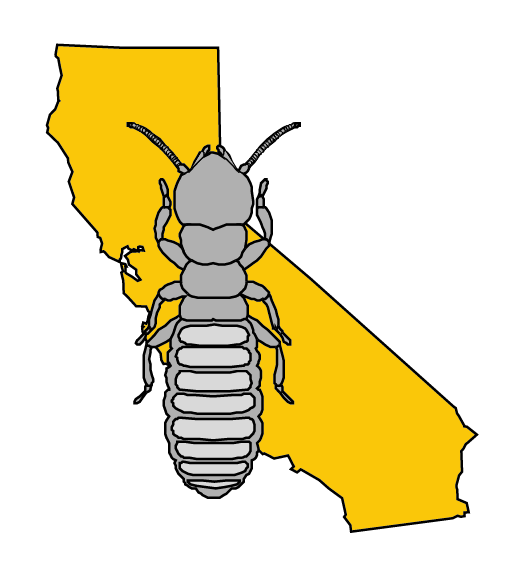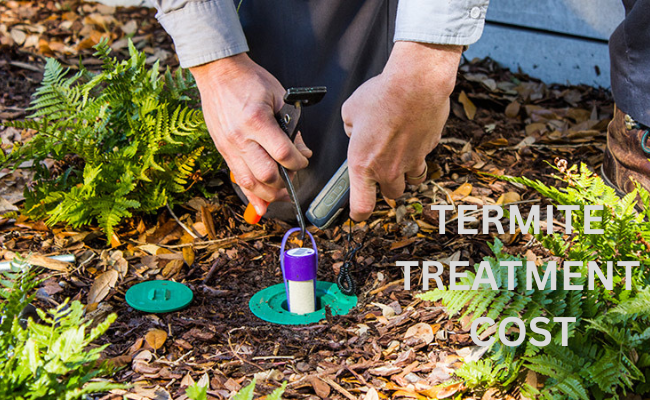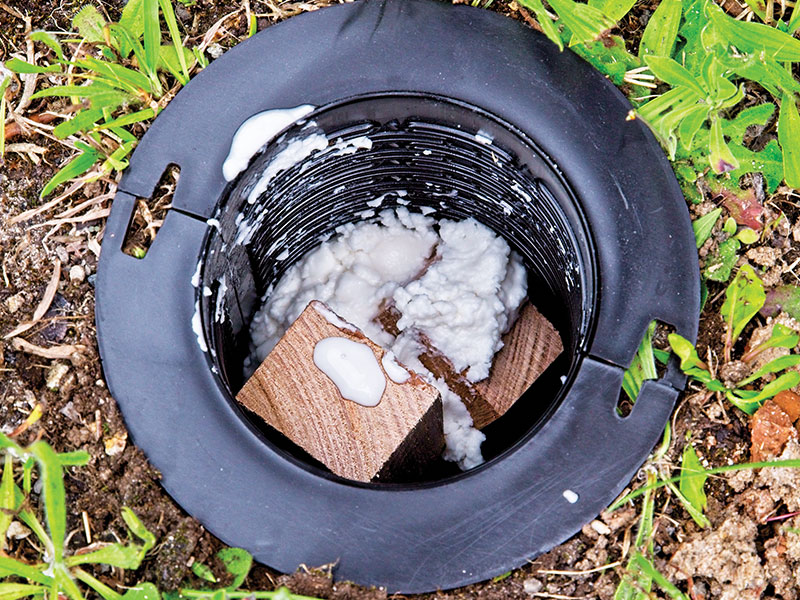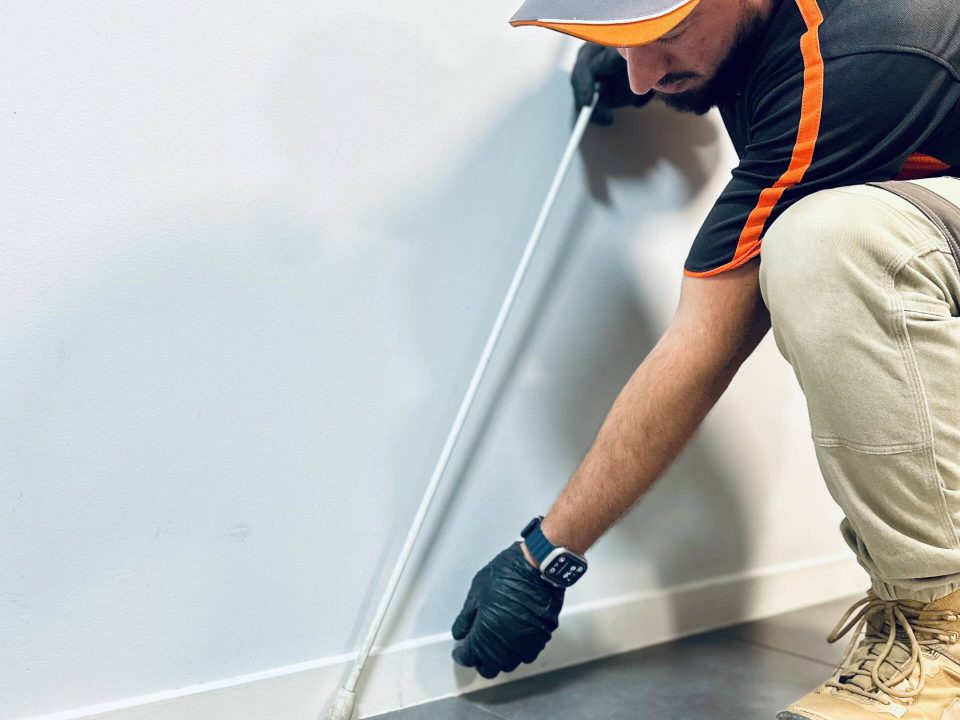
How to Find the Best Termite Control Near Me in San Marcos
April 21, 2025Why Termite Pest Control in Pacific Beach Is Essential for Homeowners
April 23, 2025Termites are one of the most destructive pests a homeowner can encounter, and in the sunny coastal area of Mission Beach, they can be particularly problematic due to the warm, humid climate that is perfect for termite colonies. If you suspect a termite problem or simply want to be proactive, scheduling a termite inspection is one of the most important steps you can take to protect your home. But what exactly happens during a termite inspection in Mission Beach? Let’s break it down for you.
The Importance of a Termite Inspection in Mission Beach
Before we dive into the specifics, it’s important to understand why termite inspections are so essential in Mission Beach. Termites can cause significant damage to the structure of your home, often going unnoticed for months or even years. By the time visible signs appear, the damage may already be extensive.
A professional termite inspection helps detect these hidden pests early, preventing costly repairs and ensuring the safety of your home. In Mission Beach, termite infestations are common due to the region’s mild, coastal climate, which offers ideal conditions for subterranean and drywood termites.
What Happens During a Termite Inspection?
A termite inspection is a comprehensive process that usually lasts between 30 minutes to an hour, depending on the size and complexity of your home. Here’s what you can expect during your inspection in Mission Beach:
1. Thorough Exterior Inspection
The termite inspector will begin by examining the exterior of your home. They’ll check areas where termites are most likely to infest, such as the foundation, siding, and any wooden structures surrounding your house. For homes in Mission Beach, the inspector will pay close attention to areas that may have high moisture content, such as around the windows, doors, and rooflines. They’ll also check for signs of water damage, as termites are often attracted to areas with moisture.
They may also look for any visible mud tubes, which are a common sign of subterranean termites. These tubes are created by termites as they travel between their colony and your home’s wooden structures.
2. Interior Inspection
Next, the inspector will move inside your home to look for any signs of termite activity in your living spaces. They’ll check walls, ceilings, and floors, paying special attention to wooden beams, trim, and moldings. The inspector may tap on wooden surfaces with a special tool to detect any hollow areas, which are a sign that termites may have eaten away at the interior wood.
They may also check areas like the attic, basement, or crawl space, where termites are often found in high numbers. These areas may have hidden damage that isn’t visible from the outside.
3. Checking for Drywood Termites
In Mission Beach, drywood termites are common, so the inspector will look for signs of these pests, which can infest furniture, wooden floors, and other interior wood. Unlike subterranean termites, drywood termites do not need to be in contact with soil and live inside the wood they feed on. The inspector may look for small holes in the wood, frass (termite droppings), or other signs of active infestation.
4. Checking for Subterranean Termites
Subterranean termites are another prevalent type in Mission Beach, often found in the soil surrounding your home. These termites typically build mud tunnels to travel to and from their colonies. The inspector will examine the soil around your home’s foundation, looking for mud tubes or other signs of activity.
5. Identifying Potential Risks
Your termite inspector will also identify any factors that may make your home more susceptible to a termite infestation. For example, they might point out areas of your property where wood is in direct contact with the ground, where water is pooling, or where you have excess moisture, which attracts termites. They’ll provide recommendations on how to address these issues to minimize the risk of future infestations.
After the Inspection: What’s Next?
Once the termite inspection is complete, the inspector will provide a detailed report on their findings. This report will outline any signs of active infestations, damage caused by termites, and any conditions that may make your home vulnerable to future problems.
If termites are found, the inspector will recommend the best course of action for treatment. This might include liquid soil treatments, baiting systems, or fumigation, depending on the type of termites and the severity of the infestation. If no termites are found, the inspector will usually recommend periodic follow-up inspections to ensure that your home remains protected.
Why Regular Termite Inspections Matter in Mission Beach
In Mission Beach, the coastal environment can create conditions that are ideal for termites. Having regular termite inspections—typically once a year or every two years—will help catch any infestations early and allow you to address them before they cause significant damage.
Termite inspections also give homeowners peace of mind. They provide an opportunity to identify and address any other underlying issues, such as moisture problems or structural vulnerabilities, that might be making your home more attractive to termites.
Conclusion
A termite inspection in Mission Beach is a critical step in protecting your home from the destructive effects of these silent invaders. By scheduling regular inspections, you can catch any termite problems early, saving yourself from costly repairs down the line. If you’re concerned about termites or want to be proactive, don’t wait until it’s too late—schedule an inspection today!
For professional termite inspections and treatments in Mission Beach, call Hume Termite at (760) 598-2201. Their team of experienced experts will ensure that your home stays termite-free and protected for years to come.



